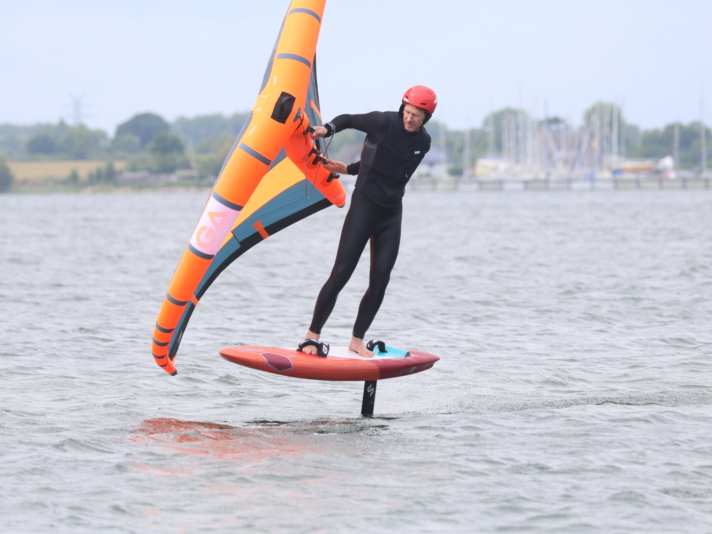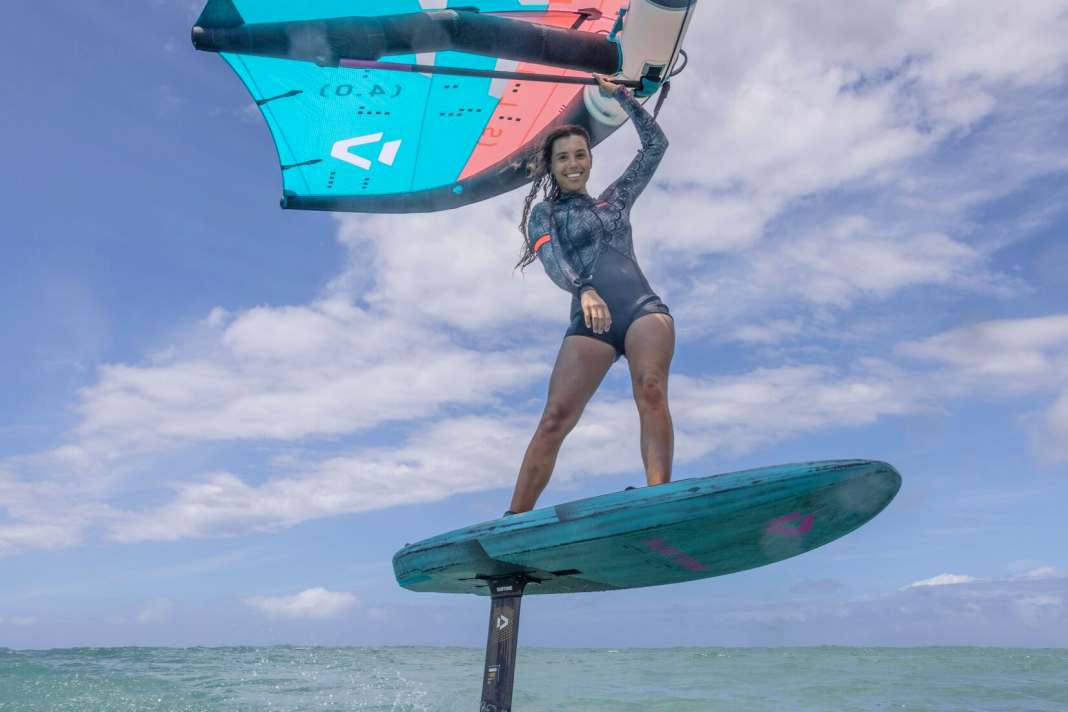





There are currently three classes of wingfoil boards that play a role on the market: Firstly, classic wingfoil boards, these are often very short and compact. The downwind boards from SUP foiling, on the other hand, are the complete opposite - very long and quite narrow. With the mid-length boards, a third board class is now becoming increasingly popular. We have already been able to ride a few models and can tell you what they are all about.
What are mid-length boards anyway?
As the name suggests, mid-length boards have a medium length. In terms of their dimensions, they lie between the classic, compact boards and the very narrow and stretched downwind boards. An example:
- Duotone Sky Free 95 (classic/compact wingboard): 5'3'' (160 cm) x 26'' (66 cm)
- Duotone Skybrid 100 (Midlength Wingboard): 5'10'' (177 cm) x 23'' (58 cm)
- Duotone Downwinder 95 (Downwind Board): 6'10'' (208 cm) x 20'' (50.8 cm)
This example can also be applied to other brands. Compared to classic, compact wingboards, the boards in the mid-length category are 15 to 25 centimetres longer with a comparable volume, but six to ten centimetres narrower.
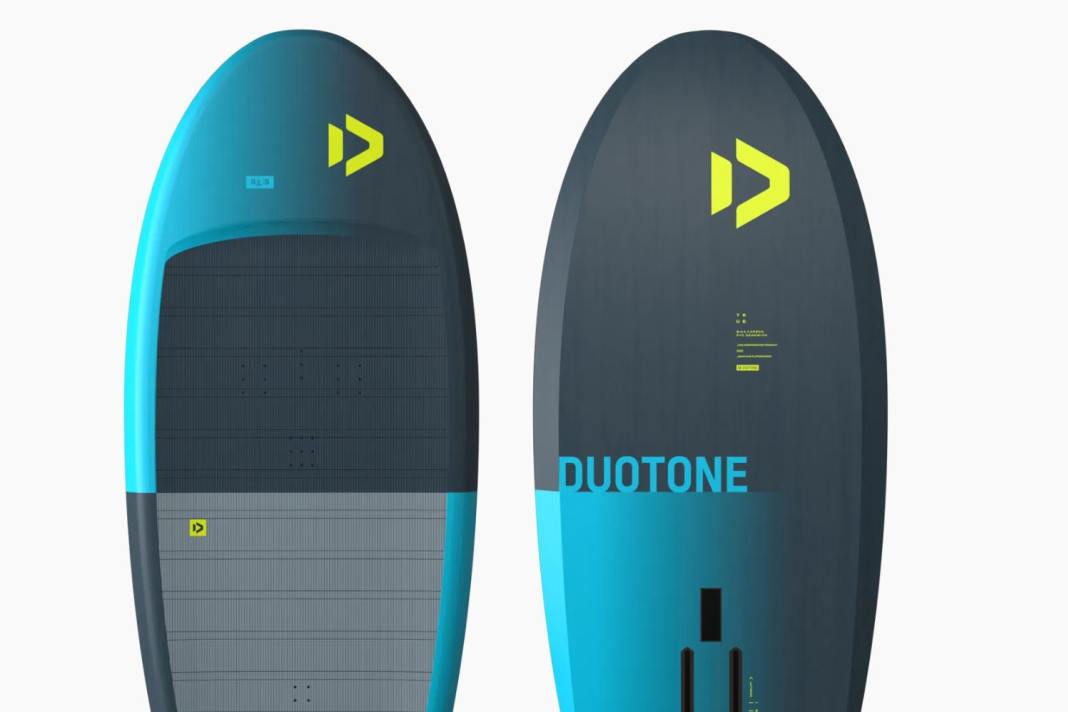



What advantages should the new shapes have?
Length matters - this old sailing adage also applies to wingfoiling. Generally speaking, the shorter and wider a board is, the more difficult it is to reach the necessary take-off speed because the board pushes a bow wave in front of it, which must first be overcome. Extremely short boards therefore require a very active riding style with good pumping technique or simply more wind.
With this in mind, the first downwind boards also arrived on the wingfoil market in 2022. These are long, very narrow and cut through the water like an arrow. Because these boards do not push a bow wave in front of them, it is very easy to reach the required take-off speed in very little wind. The problem: Due to the very narrow decks and lack of loops, you sometimes don't have the necessary leverage to control the foil when foiling (Click here for a field report). Changing over in manoeuvres also requires more practice here - narrow downwind boards are therefore often difficult to ride for less experienced wingers.
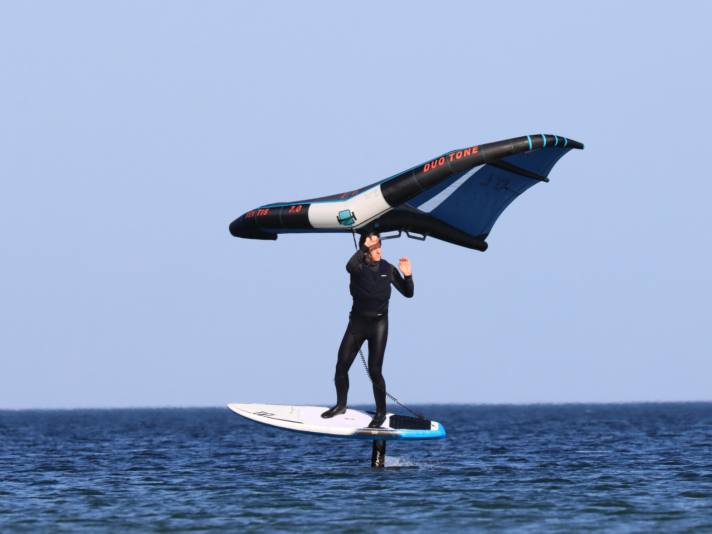
This dilemma gave rise to the mid-length idea. These boards are designed to combine the best of both worlds and combine early take-off with good control and easy handling.
Which shape characteristics are typical for mid-length boards?
We have already discussed the dimensions, but mid-length boards also have other shape features that have been optimised for early take-off. The bow areas are often slim and the rocker line in the underwater hull is very flat. In the stern area, the boards have a sharp tear-off edge, which guarantees a clean water break when starting off and prevents the board from getting stuck. There is also the option of attaching loops to the deck, which is an advantage for manoeuvres and racing.
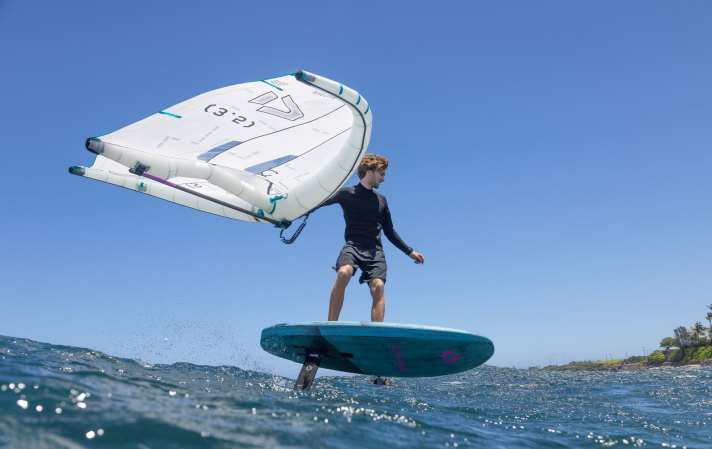
For whom do mid-length boards make sense?
We have already tested a few boards in this new category. In our experience, the shapes are useful for:
- Light wind conditions: Boards in this category get up to speed early on average, but are much easier to ride in manoeuvres than the narrow downwind boards. So if you want to take off early and then mainly freeride and perform foil manoeuvres, this is the board for you.
- Newcomer: Early take-off is key at the beginning, even if the pumping technique is not yet perfect. The mid-length shapes can do this very well - however, they are also somewhat more difficult to control in the air than wider wingboards
- Racing/sporty freeriding: Due to the loops and tail width, these boards offer good control over the foil. The mid-length board class is also well suited to sporty racing with small wings.
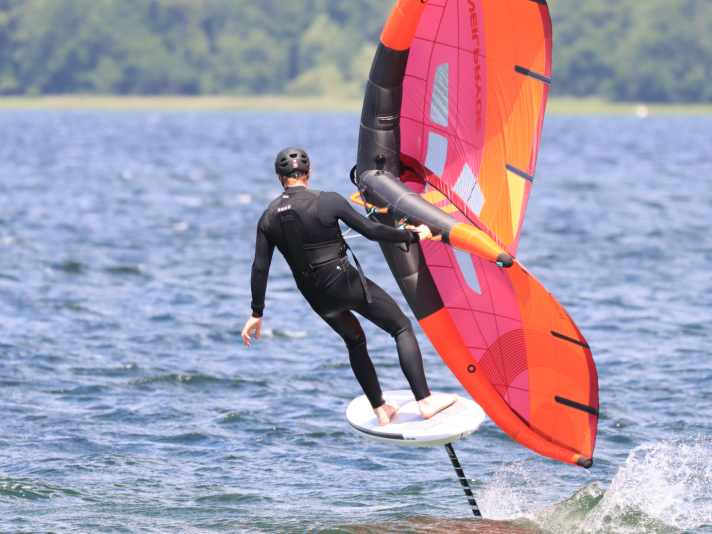
What are the limitations and disadvantages of this board class?
Of course, this board class is also a compromise. Pure downwind boards start flying a little earlier than boards in the mid-length category. So if you are fully focussed on maximum early take-off and can get over the disadvantages mentioned, you should stick with downwind concepts.
Compared to the short wingboards, boards in the midlenght class feel less compact. In gusts, the longer edges offer more surface area for the wind to attack, which makes control more difficult. Beginners in particular find the control on the straight and especially in manoeuvres to be worse compared to the classic/compact wingboards. Normal jumps are also easy with mid-length boards, but when it comes to freestyle rotations and flips, the shorter the better. So if you like doing tricks or foiling at spots with good wind conditions, you should orientate yourself towards the compact wingboards.
Mid-length boards in the test
We have already been able to test the first boards in this category - and more are being added regularly. You can find all the information in the following test articles.
Armstrong ML 85 (2024)
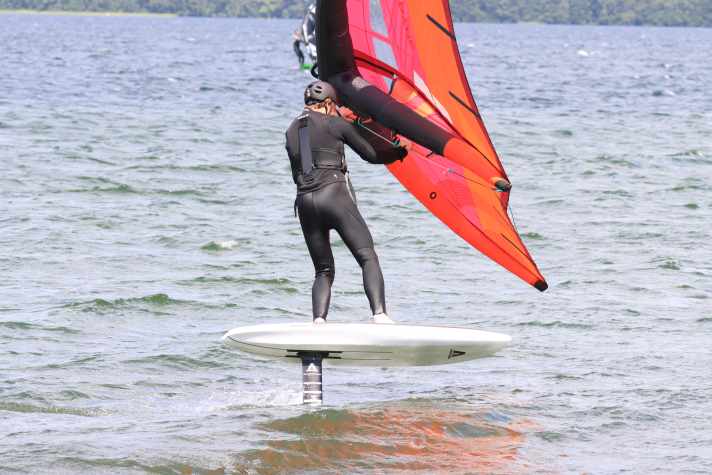
Duotone Skybrid 100 (2024)
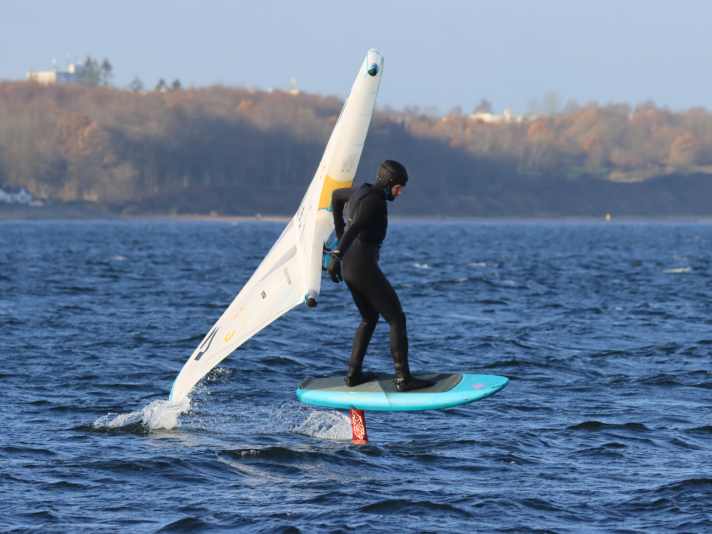
JP-Australia M-Winger (2025)
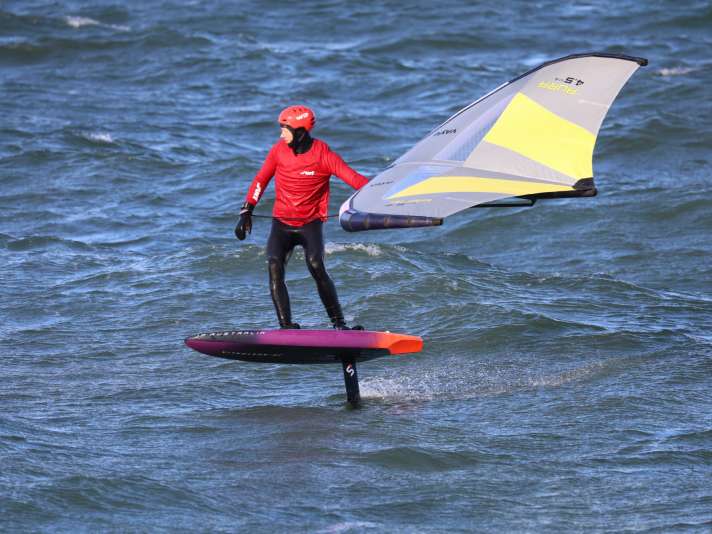
JP-Australia R-Winger (until 2025)
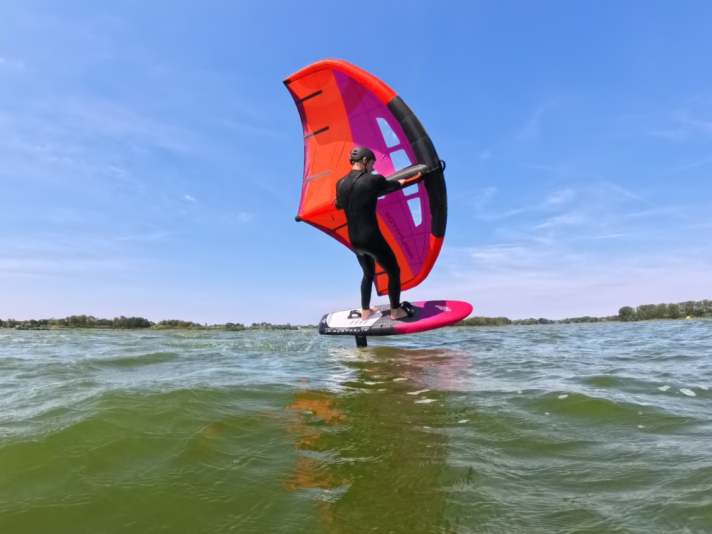
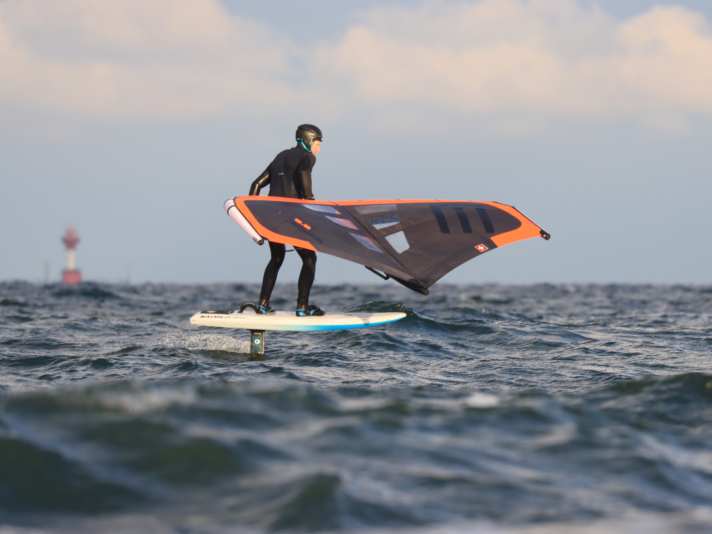
Tabou Super Yaka (2025)
